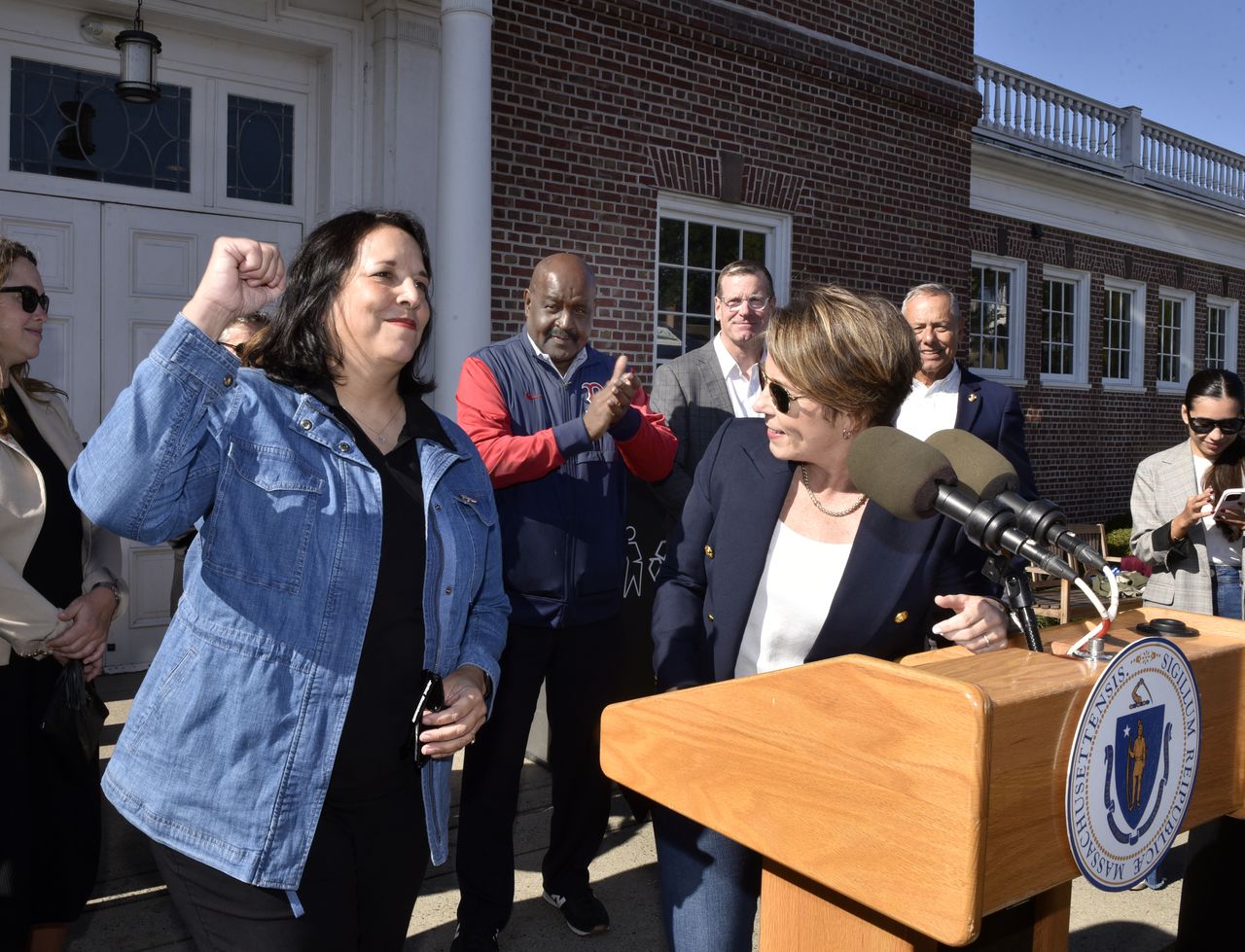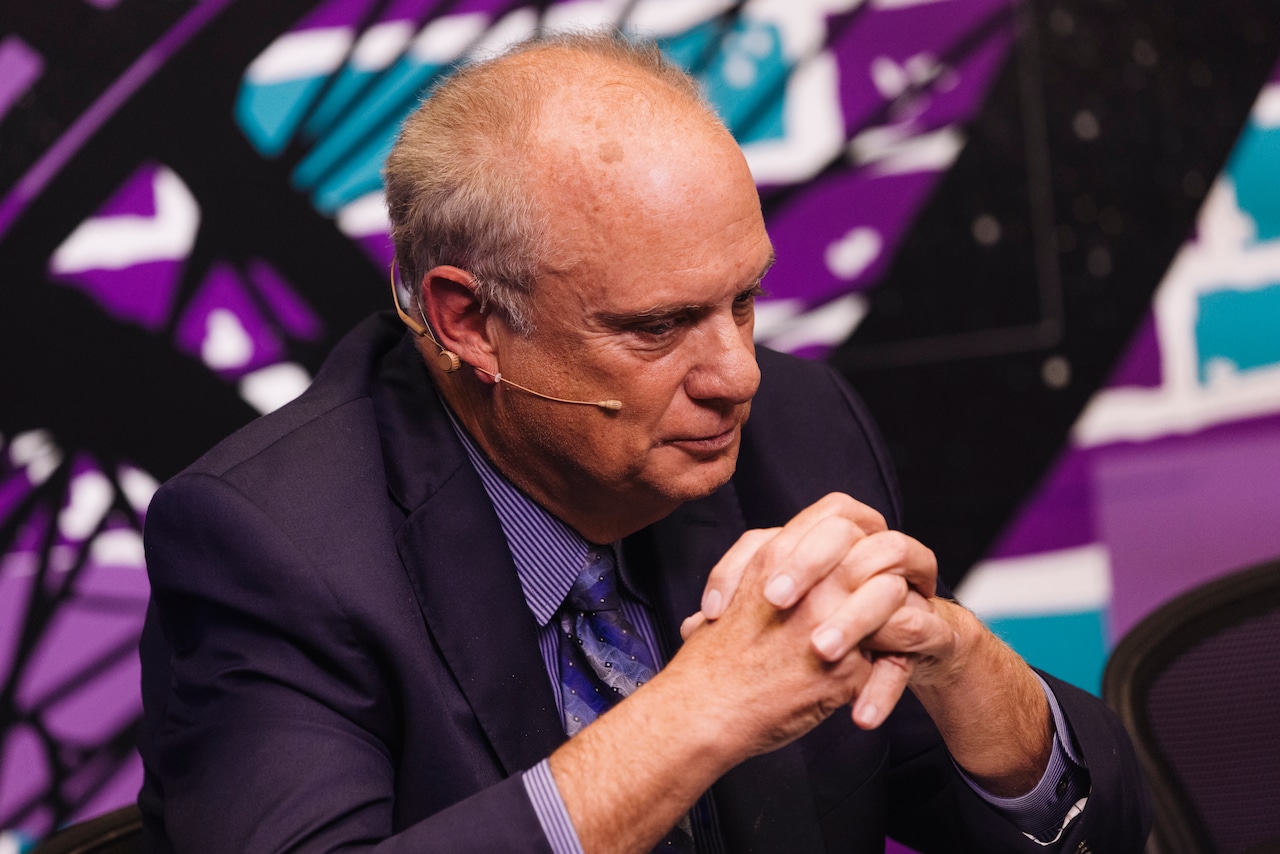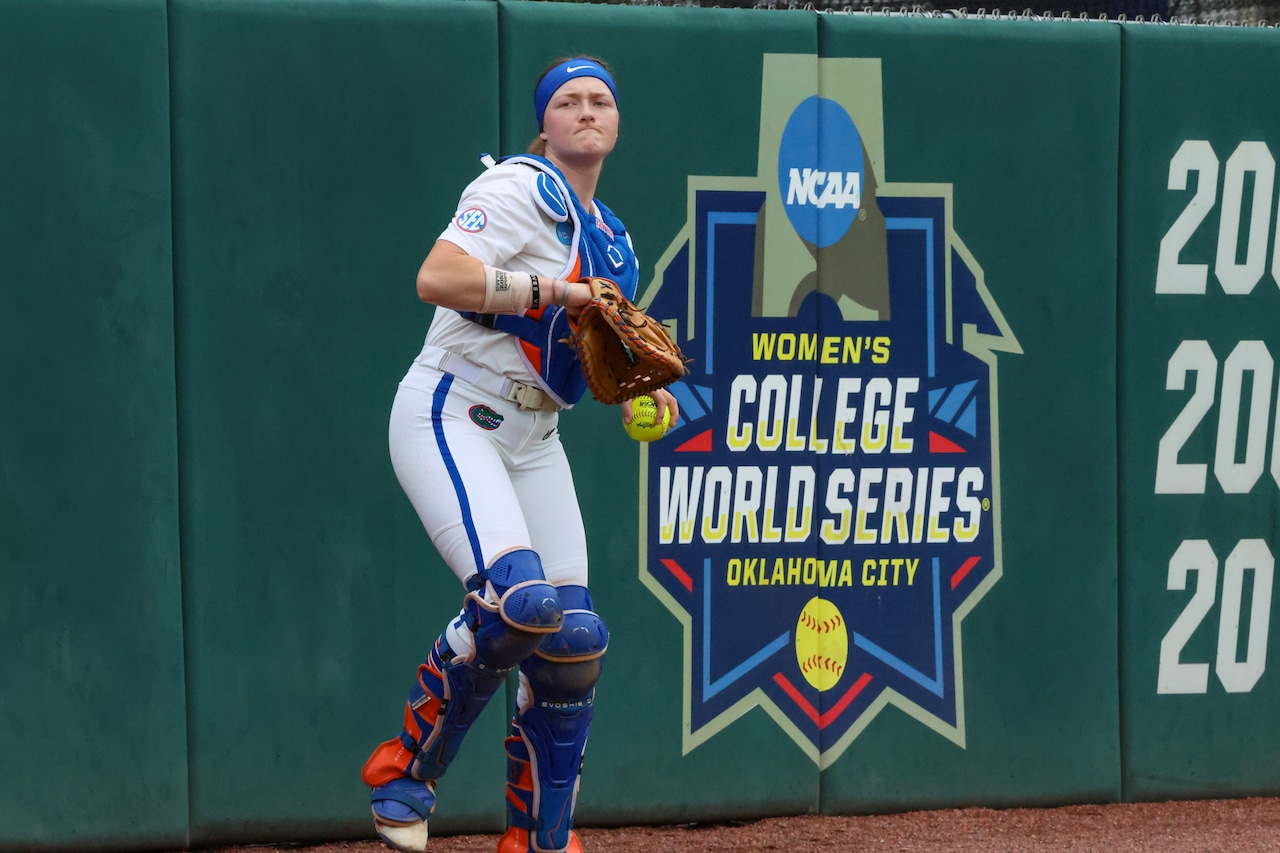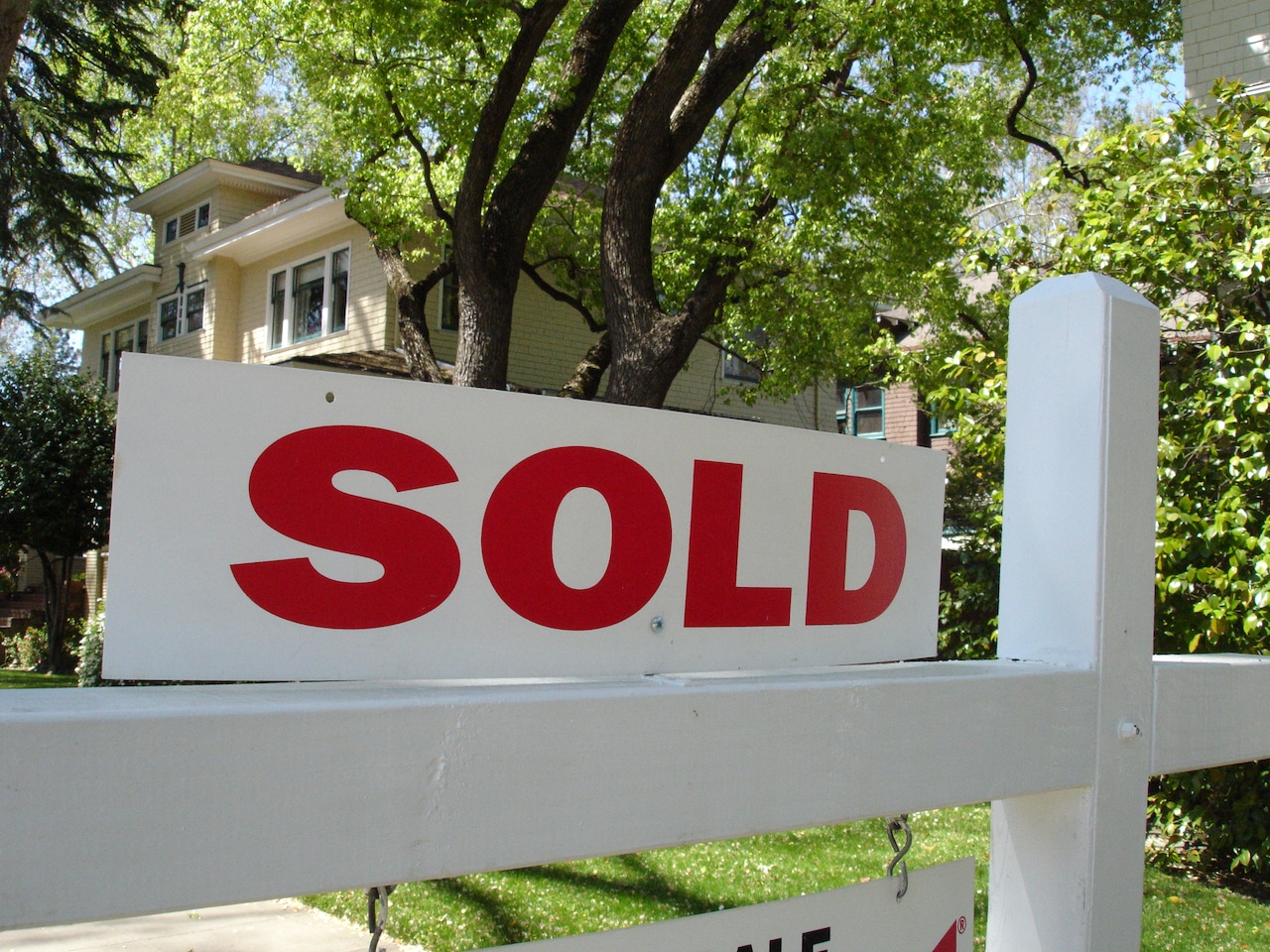
Massachusetts is going to run out of places to shelter newly arriving immigrants and other families without housing “very, very soon,” leaving the one state in the country that has a legal obligation to shelter unhoused families in a position where “there is not going to be literally any room at the inn,” Lt. Gov. Kim Driscoll has said.
Driscoll said Massachusetts has almost 7,500 families (close to 23,000 people) enrolled in the state’s emergency assistance shelter system.
She said during a live interview on Thursday on El Mundo’s La Hora del Café that “we’re really running out of capacity” and renewed the administration’s calls for the federal government to speed up the work authorization process for immigrants and to establish new congregate shelters.
“We have a lot of communities who have stepped up, but at some point we’re going to run out of rooms and I think that’s very, very soon. Unfortunately, we just don’t have the capacity,” Driscoll added.
Host Alberto Vasallo asked Driscoll if there was any chance that Massachusetts could eliminate its 1983 right-to-shelter law, which guarantees homeless families access to emergency shelter. It has attracted fresh attention from Republican lawmakers, including Senate candidate Representative Peter Durant, who want to change the law so it would apply only to legal US citizens.
The lieutenant governor did not slam the door on Vasallo’s question, similar to the way Governor Maura Healey has softened her own rhetoric around keeping the law in place as is.
“I think that will be up to the Legislature because it is an existing law. And there are plenty of states who don’t have a right to shelter law that are also getting inundated with individuals coming here. So I think we’ll see going forward,” Driscoll answered.
“I think the bottom line is that we’re very close to being filled. So there is not going to be literally any room at the inn. And that’s worrisome. We don’t want families outside; it’s going to be very cold weather here. A lot of these folks who are coming have very young children,” she continued. “So we’re cognizant of the challenge. We’re also, I think, trying to do everything we can. It’s a humanitarian crisis, and we’re doing everything we can, but we’re going to need more help because we’re definitely at capacity.”
Asked in August if she considered lifting the right-to-shelter law even temporarily, Healey replied, “No. I was never going to end, nor do I have the authority to end, right-to-shelter in the state.” But she took a less decisive tone in September in response to a question about whether Massachusetts should rethink its status as the nation’s only right-to-shelter state.
“Well, obviously, that was a law that predates a lot of what has happened geopolitically and the forces that we’ve seen and the likes of what we’ve seen to date,” Healey said Sept. 19. “That’ll be up for discussion [and] debate by others for sure.”
A US Department of Homeland Security team was in Massachusetts this week for a two-day visit, prompted by the ongoing emergency shelter crisis, with Healey’s team viewing it as an opportunity to show federal officials the strain that the shelter crisis is causing.
A map released by the Executive Office of Housing and Livable Communities shows the geographic distribution of migrants and homeless families staying in emergency assistance shelters, including many communities that are not housing any families.
Last week, Housing Secretary Ed Augustus told business officials that Massachusetts had the largest number of families in shelters in the history of the state’s right-to-shelter law.
“It is an important responsibility that we have,” he said. “It’s the kind of state that we want to be, that we don’t allow pregnant moms and children to be left unsheltered. But that responsibility is very heavy when you’re talking about the volume of folks that are coming through that safety net system.”
The situation “gets more challenging,” he said, because families can’t move quickly through the shelter system and into permanent housing when there is a 1.6 percent vacancy rate, the lowest of the 50 states. In a “healthy ecosystem,” that rate should be in the 4 to 5 percent range.






